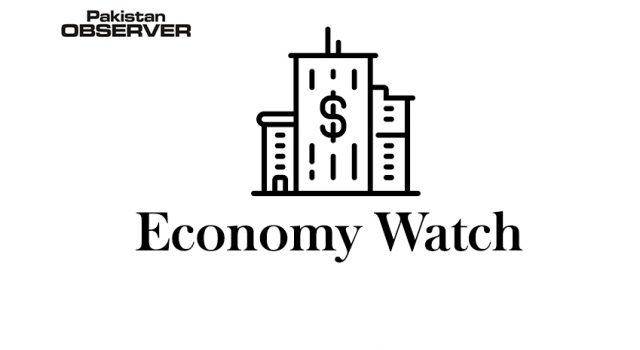Islamabad
Households around the globe have accumulated $5.4 trillion in additional savings compared with 2019’s spending patterns, Moody’s has said.
An amount of $5.4 trillion equates to more than 6 percent of global gross domestic product (GDP).
According to the rating agency, booming global consumer confidence suggests people will be willing to spend again as soon as shops, bars and restaurants reopen when coronavirus restrictions are eased.
“The combination of an unleashing of significant pent-up demand and overflowing excess saving will drive a surge in consumer spending across the globe as countries approach herd immunity and open up,” said Mark Zandi, chief economist at Moody’s Analytics.
The agency estimates that if consumers spend about a third of their excess savings, they will boost global output by just over two percentage points both this year and next.
Zandi said excess saving was highest in developed economies, particularly in North America and Europe where lockdowns have been widely implemented and government spending has been high.
In the US alone, households have stacked more than $2 trillion in extra savings, even before the $1.9 trillion stimulus programme by President Joe Biden was launched.
Statistics, however, show that savings have been largely accumulated by richer households in all regions.
Goldman Sachs economist Jan Hatzius said that according to his estimates, nearly two-thirds of US excess savings were held by the richest 40% of the population.
He suggested this could hold back the scale of the economic boost because “high-income households will hold [rather than spend] the bulk of excess savings.”
Adam Slater, lead economist at Oxford Economics, was quoted by the media as saying: “If excess savings are mostly held by wealthier households and these are treated as a wealth increase rather than an income addition, we would expect a much lower level of [additional] spending.”—TLTP










